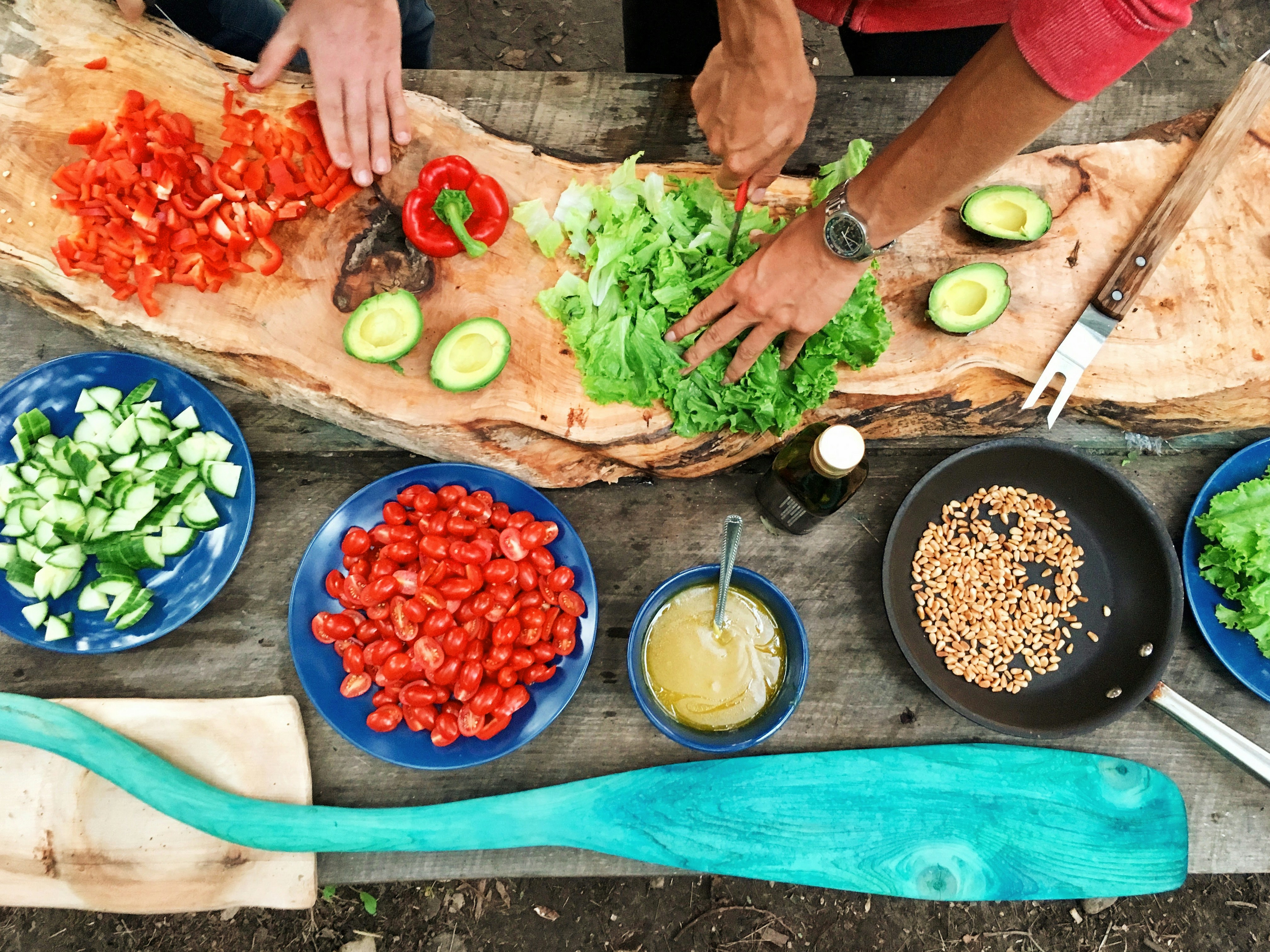How to Write a Recipe: Step-by-Step Guide for Writing Recipes
Do you have a favorite recipe you've been making forever and feel tempted to share it with others? Excited to bring your culinary enthusiasm to a broader audience but not sure how to write a clear and easy-to-follow recipe? Writing recipes that are both engaging and easy to follow can be a rewarding way to share your passion with the world.
In this guide, we’ll cover the essential steps in writing recipes that your readers can easily recreate.
Selecting a Recipe to Write
Choosing the right recipe to share can come from many places—a cherished family favorite, an accidental creation in the kitchen, or something entirely new. Whether you're building from scratch or putting a twist on an existing recipe, careful planning can help you create a recipe that’s easy to follow and enjoyable to read.
Consider these key points:
- Who is this recipe for? Knowing your audience guides the tone and language you use. If it’s aimed at beginner cooks, stick with straightforward terms and accessible techniques. For professionals, you might include more detailed instructions or specialized terms.
- Have you tested the recipe? Consistency is crucial for any recipe. Make sure you've tested it multiple times to ensure it’s repeatable, so readers experience the same great results.
- Does it fit your theme? For food blogs with a particular focus—like budget-friendly meals for students—make sure each recipe aligns with your theme. For example, a slow-cooked beef stew might need a note if it strays from your usual content.
Formatting a Recipe: Essential Tips for Writing Recipes
One of the hallmarks of a well-written recipe is its format. A clear, structured layout with distinct sections and references makes it easier for readers to follow along and revisit parts as needed. Good formatting is essential for writing recipes that are accessible and enjoyable to use.
Ingredients
Ingredients are central to any recipe and are typically checked multiple times, from shopping to cooking. Here’s how to make this section clear and helpful:
- Group ingredients by components. For instance, separate ingredients for the main dish from those for a sauce. This approach is helpful for recipes like spring rolls with peanut sauce, where distinct ingredient groups improve clarity.
- Use appropriate measurements. Be mindful of your audience’s preferred units to avoid confusion. For instance, Europeans often prefer grams and milliliters, while Americans use cups and ounces. Including measurement conversions can make your recipe accessible to a broader audience.
- Suggest alternative ingredients. Including substitutes for hard-to-find ingredients makes your recipe adaptable and accessible, especially for readers in different regions.
Recipe Instructions
Instructions should be clear and concise, yet detailed enough to ensure readers can follow without confusion. Here are some best practices for writing recipes with clear instructions:
- Use a numbered list. This format helps readers easily track their progress and resume if they get interrupted.
- Mention ingredient amounts directly in steps. Instead of referring readers back to the ingredients list, mention the amounts where they’re used, like “...pour in the paprika (1/2 tbsp)...”. This keeps readers focused and reduces back-and-forth searching.
- Add side notes. Additional tips or variations can be included in side notes, allowing readers to dive deeper if they wish. This could include alternatives for certain steps or techniques, making the instructions concise and flexible.
How Recipes Are Written: Adding Personal Stories and Background
For those interested in sharing more than the cooking steps, background information can add a personal touch and make your recipe more memorable. Sharing the story behind the recipe, your inspiration, or experimentation tips can create a stronger connection with readers and even inspire them to try their own variations.
Adding relevant background can also improve SEO by providing extra context for search engines. However, avoid adding too much unrelated information, as this can detract from the recipe itself.
Additional Information to Include
Consider including practical details about the recipe, such as:
- Servings (yield) produced by the recipe
- Difficulty level, which helps readers assess if it’s suitable for them
- Total time required (typically divided into preparation and cooking time)
This extra information helps readers decide if the recipe fits their needs and adds structure to your content.
Recipe Templates
Using a pre-made recipe template can save time and give your recipe a polished look. Templates are available for Word and other text editors, and you can even find online generators for creating and printing recipe cards. Many food bloggers also use plugins and tools built into their blog management panels, which simplify recipe formatting and organization.
Final Words
Crafting a recipe is a blend of creativity and clarity, and writing recipes that others can follow with ease is a valuable skill. By paying attention to structure, detail, and audience needs, you can share your culinary passion in a way that's both accessible and inspiring.
Whether you’re new to writing recipes or looking to refine your skills, following these guidelines can make the process easier and help your recipes shine.

